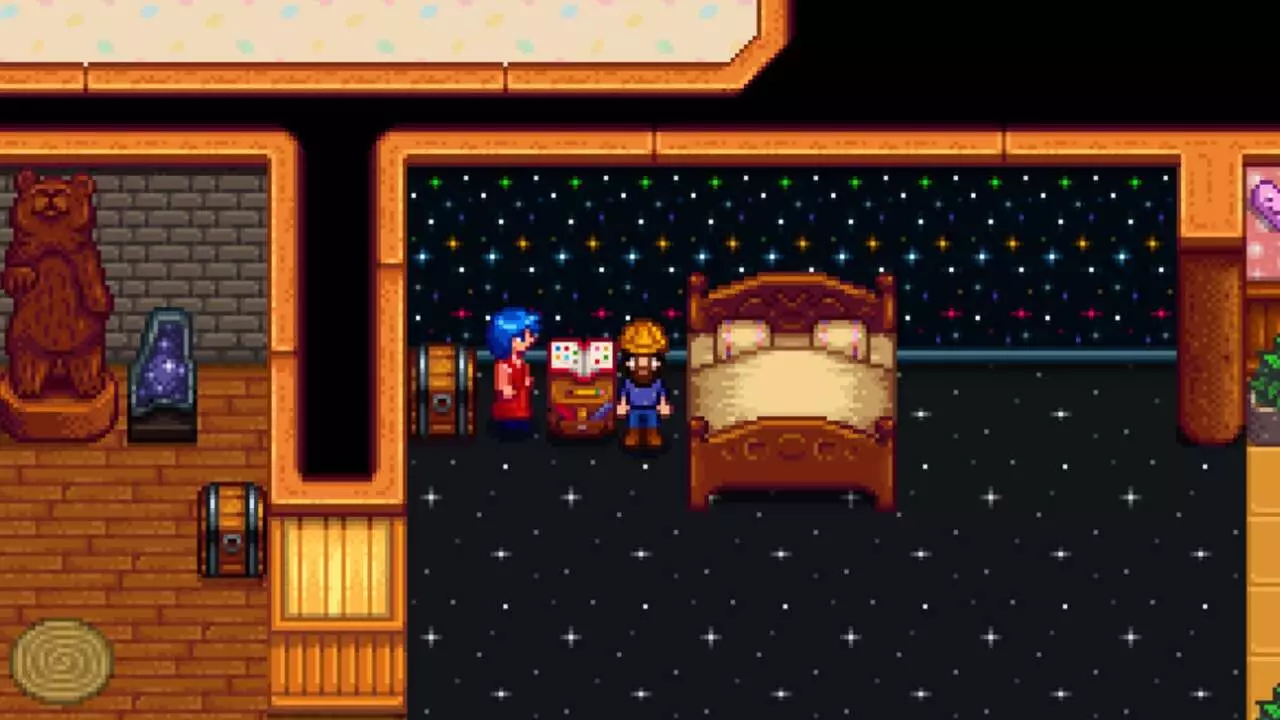Stardew Valley presents a charming blend of rural charm and relationship dynamics in a beautifully pixelated world. At its core, this simulation game offers players the chance to escape their hectic lives, take on the role of a farmer, and delve into the rich tapestry of small-town life. But the intrigue doesn’t just lie in farming or foraging; it extends into the creation and growth of relationships. With an array of townsfolk to meet, the game emphasizes not only the building of friendships but also the pursuit of romance, allowing players to embark on heartwarming quests to find love and start their own families.
Building Connections Through Kindness
At the heart of fostering relationships in Stardew Valley is the generous act of gift-giving. Each character has unique preferences and dislikes, engaging players in a thoughtful endeavor to learn what brings joy to their potential partners. This adds a layer of strategy; not only must players cultivate their farms, but they must also cultivate affections. To advance romantically, a player must first establish a base level of affection—specifically, reaching eight hearts with the desired character. This often requires meticulous planning. Whether it’s sharing a harvested fruit or a hand-crafted item forged from the sweat of one’s labor, the effort involved in gift-giving shapes the narrative of your virtual romance.
Once you’ve established this connection, a significant milestone awaits: the opportunity to take your relationship to the next level by dating your target. The game acknowledges this commitment through a delightful letter from Pierre, offering bouquets for sale—an essential tool to propose the idea of dating. What’s intriguing is that players can date multiple characters simultaneously without any immediate repercussions. However, this liberty isn’t without its consequences, as each character has unique narrative cutscenes that enrich the gameplay experience. This imaginative approach to multiplayer dating reflects a playful take on relationship dynamics, emphasizing the importance of connection while indulging in whimsical escapism.
From Dating to Marriage: A Romantic Progression
As you continue to nurture your romance, your heart level with your chosen partner can progress further, eventually reaching the coveted ten hearts. Upon hitting this milestone, players receive an intriguing correspondence from the town’s mayor, which signifies an essential step: the traditional proposal via the Mermaid’s Pendant. This adds an enchanting layer of tradition to the game’s relationship mechanics. However, the journey to securing this precious item involves a quest-like experience, requiring players to explore the game world, repair bridges, and navigate through specific requirements.
Purchasing the pendant is not just a transaction; it becomes a rite of passage that illustrates the players’ commitment—evidence of how far they’ve come from merely tilling the fields. The juxtaposition of farming and forming a family creates a riveting narrative thread, allowing players to immerse themselves fully in the lives of their characters.
Upon marriage, players experience an immediate shift in gameplay. Their spouse moves into their farmhouse, enhancing the game’s day-to-day interactions. While the allure of romance is strong, the complexities of married life introduce the option of having children. This addition enkindles a new dimension to the farming simulation, as players now navigate the responsibilities of parenthood alongside their agricultural pursuits.
The Paradox of Parenthood in Pixelated Perfection
Having children in Stardew Valley presents a heartwarming opportunity for players to expand their digital families. However, it also casts a shadow over the idealized vision of farm life. With a straightforward process to initiate having kids or adopting, players find themselves weighing the joys against the responsibilities of parenting. A striking aspect of this gameplay mechanic is that children do not mature past the toddler stage, encapsulating them in perpetual innocence. This choice of design fosters a whimsical yet somewhat stunted view of family life, presenting the question—does the appeal lie in the simplicity of toddlerhood or is it a missed opportunity for growth?
In a rather dark twist, players possess the ability to remove their children entirely, highlighting a peculiarly humorous side of farm life. Unlocking the Witch’s Hut adds a layer of dark fantasy to the game, allowing children to be transformed into doves with the use of a Prismatic Shard. This bizarre mechanic starkly contrasts with the warm-hearted nature of family dynamics found within the game, introducing elements of moral ambiguity.
While this adds an unexpected layer to parenting, it begs the question of the developer’s intent: is it a critique, or merely a celebration of the absurd?
As players navigate each twist and turn in their quest for love and the idyllic farm life, Stardew Valley masterfully blends joy with complexity, crafting a captivating affair where hearts and harvests go hand in hand.

